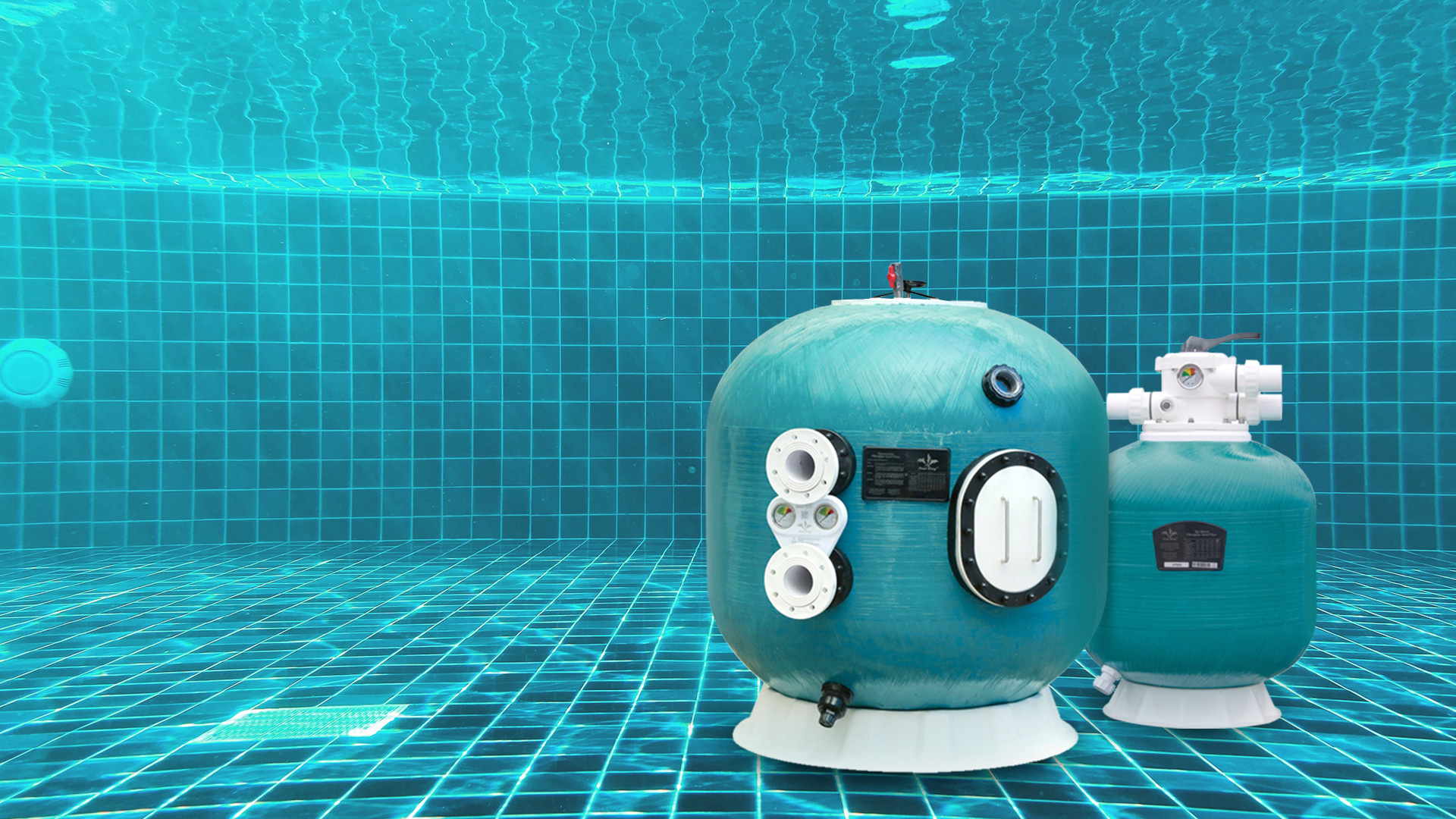Significance of Sand filters in sustainable wastewater treatment
A significant problem that is being addressed via the implementation of technical advancements is the excessive pressure that is being placed on wastewater treatment facilities as a result of an incredible growth in the amount of wastewater that is being produced. Sand-based filtering systems are resistant to changes in metal concentrations, surfactant concentrations, and pH levels because of the constant medium nature of the components that make up these systems. When it comes to the pre-dispersion treatment of effluent from septic tanks, the Slow Sand Filter (SSF) is a realistic alternative you might consider. Because of its higher possibilities for aerobic breakdown and greater dependability in soil dispersion, this is the result to be expected. The use of efficient intermittent sand filter technology has made it feasible to reuse water throughout the process. When it comes to treating effluents from up flow anaerobic sludge blankets, the SSF approach is a highly promising technology. Moreover, it has been widely used in the tertiary wastewater treatment with its numerous applications in this category, thus mainly used for the treatment of wastewater.

Many different forms of water and wastewater may be treated using the SSF process, which can be employed for this purpose. When it comes to the removal of turbidity, suspended particles, and waterborne pathogens, the overall effectiveness of SSF in the treatment of drinking water and wastewater has been around 99%.
WHO recognizes a technique known for its applications in the treatment of wastewater which uses the process of Slow sand filtration (SSF). This technology is being utilized all over the globe using the same process discussed above. Although they are not commercially feasible, these technologies are examples of large-scale technology that is available to the general public. A few examples of technologies that are often described as "accessible" are the activated sludge process, the ultra-aseptic sludge treatment (UASB) system, the solid-bioreactor (SBR) system, and the membrane bioreactor (MBR). Because it makes use of compounds that are not only readily available but also have the potential to be successfully applied, the SSF method has the potential to efficiently treat a wide variety of water types. The formation of a schmutzdecke layer is the basic process that underlies SSF. This layer is responsible for greatly contributing to the elimination of pathogens and viruses that are responsible for sickness. It is well knowledge that the schmutzdecke layer is made up of a wide variety of organisms, including bacteria, diatoms, protozoans (especially species of Paramecium), and metazoans. A complete investigation into the molecular-level study of the content and properties of the schmutzdecke layer is required. This investigation is necessary since it is necessary. The use of coated sand, such as that which is coated with aluminum hydroxide or iron oxide, has been found to give obvious advantages in comparison to the use of uncoated sand, according to several studies. Nevertheless, further study is required to determine whether or if the same results may be obtained by putting the sand on the surface or at various depths throughout the experiment. The chemical characteristics of sand, particularly the interactions between sand particles and colloids, as well as hypotheses that illuminate the process of sand removal, have been the subject of the efforts of a select few writers who have attempted to attract attention to their work.
The potential difference is the difference between the main fluid, where a particle is disseminated, and the fluid layer, which includes ions with opposite charges and touches the nanoparticle. The zeta potential is a term that is often used to allude to this difference. As the zeta potential increases, there is a corresponding increase in the number of bacteria, bacteriophage, and viruses that are able to adsorb. Therefore, the zeta potential of sand is an essential component that plays a role in determining the effectiveness of the SSF treatment. Increased organic material density increases coated sand's negative zeta potential, which increases oocyst crystal motility. The coating on coated sand helped reach this result. Without a doubt, this will simplify particle-particle interaction and have major ramifications for the future.
The use of SSF as a wastewater treatment method is both environmentally responsible and sustainable. The purification of drinking water in distant areas may be accomplished using this approach, which gives major advantages. In order to accomplish SSF water treatment, it is necessary to use both biological and physio-chemical processes in a complementary manner. “Giardia, Cryptosporidium, Salmonella, E. coli, TC and FC, fecal streptococci, bacteriophage, MS2 virus, Echovirus 12, and PRD-1” virus are all easily eradicated by the use of this procedure. The treatment of rainfall, wastewater, and drinking water are just some of the numerous uses for stainless steel fiber (SSF).

PRODUCTS
연락처: 샌디
이메일: sandy@poolking.co
영업 핫라인: +86-20-34982303
왓츠앱:+86-13922334815
추가: 아니요. 광저우시 난사구 다강진 다강촌 다난북로 80호 (임시 영업소)
















